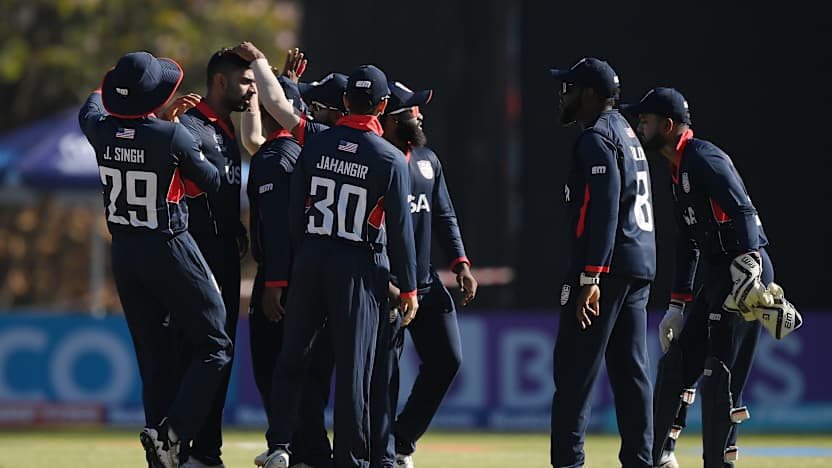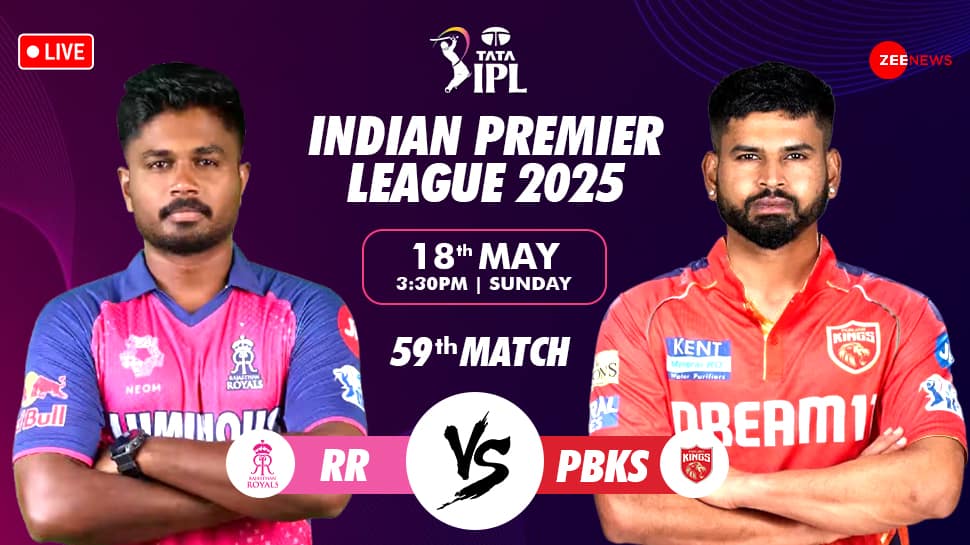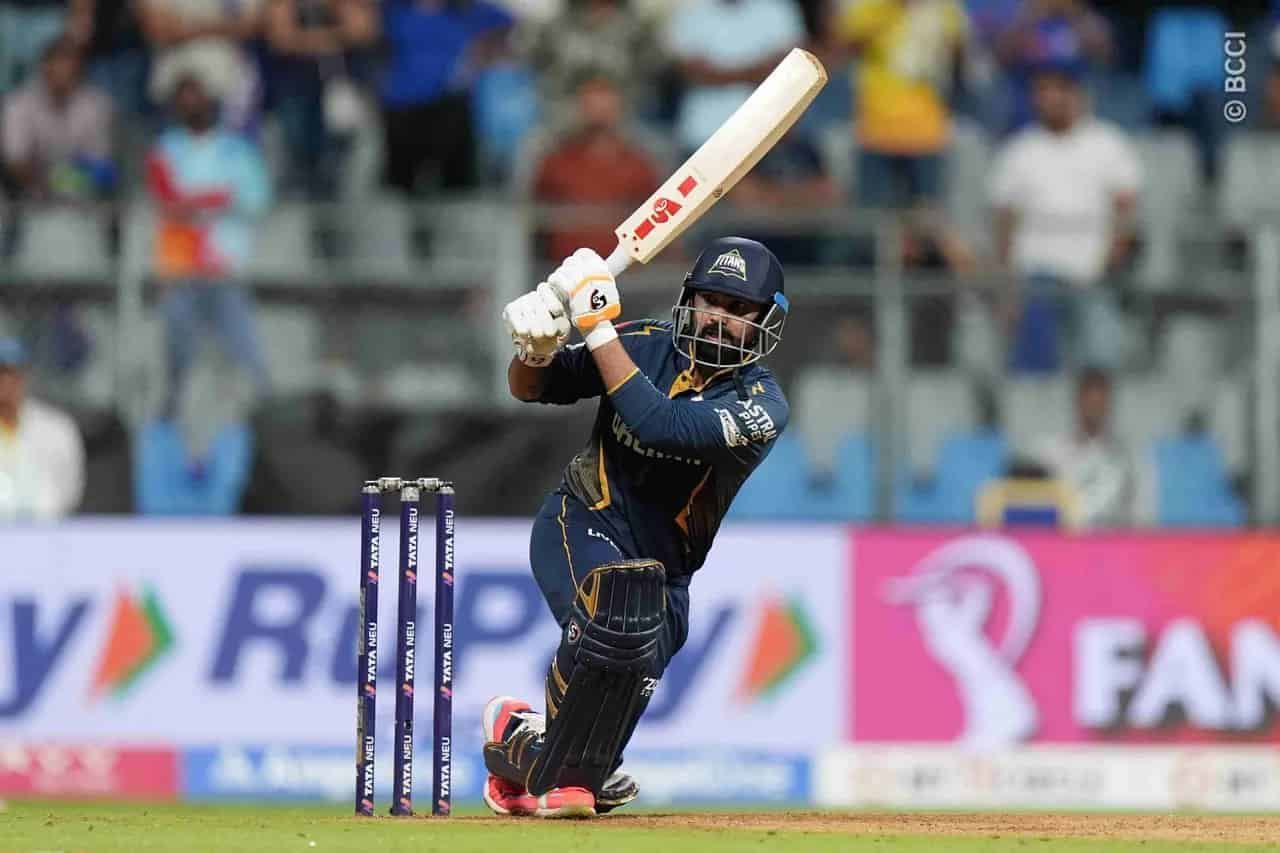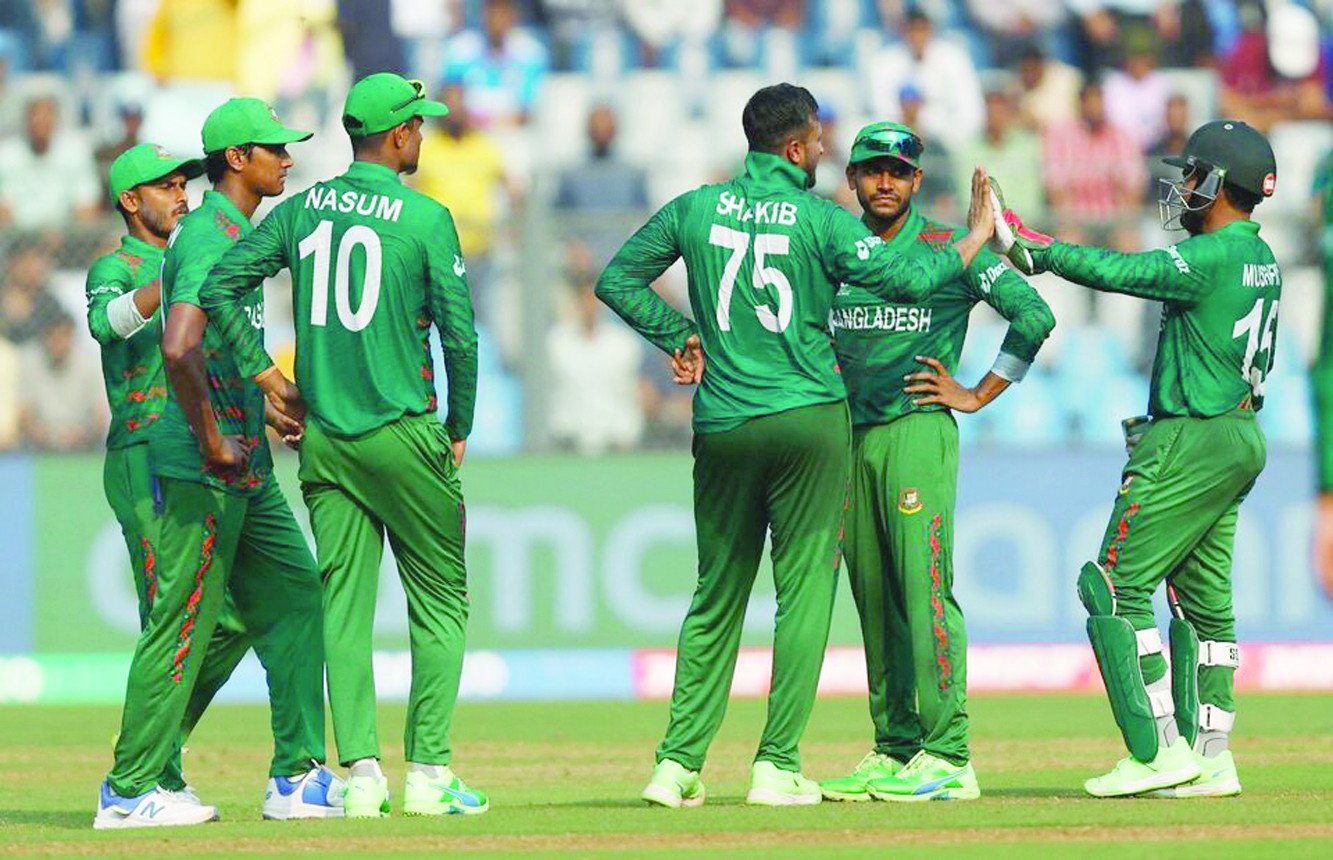Cricket’s billion-dollar dilemma

The latest conflict between Pakistan and India has brought the ongoing Indian Premier League and Pakistan Super League to a halt. As tensions flared and both countries exchanged missile and drone strikes, nearly all foreign players in the leagues opted to leave. The subsequent postponement announcements disappointed millions of fans and jeopardised the business interests of sponsors, franchises and cricket boards.In the short term, administrators, who had only recently managed to untangle the schedule after the Covid-19 pandemic, now face yet another disruption. This explains why the PSL tried relocating it to the UAE, while the IPL attempted to proceed with a match in Dharamsala before suspending play after 10 overs of the Punjab Kings’ innings against Delhi Capitals. Although both leagues are set to resume on May 17—earlier than initially expected—many Australian and English players are unlikely to return. At this stage, however, organisers appear more focused on completing the season rather than abandoning it midway.Only a dozen countries hold Test team status, with nearly half based in South Asia—a region that accounts for roughly 25 percent of the world’s population, making it cricket’s most lucrative market. Since the 1996 World Cup, the sport’s power centre has shifted here decisively, particularly with India’s rise as the financial superpower of cricket. Historically, the cricket boards of Pakistan and India collaborated to challenge the white-dominated hegemony in the sport. Yet, politics and shared troubled history have repeatedly undermined the game. Pakistan played its first-ever Test match against India in 1952 and toured frequently until 1960. However, two wars after that led to a 17-year suspension of bilateral cricket. The rivalry briefly revived in the 1980s before another hiatus in 1989, which ended with Pakistan’s tense but successful 1998 tour.For a decade, contests resumed regularly—until 2007, when the two nations last played a Test match. Their last bilateral limited-overs cricket series was in 2012, though they continue to clash in ICC tournaments. The 2007 World Cup debacle, where both were shockingly eliminated by Bangladesh and Ireland before their anticipated Super Six clash, cost the ICC massive revenue. Since then, rankings and schedules have been carefully structured to ensure an India-Pakistan showdown in every major tournament, despite matches being largely one-sided (in India’s favour) for 15 years.Yet, the allure of a combined 1.68 billion-strong market trumps all. The result, venue and even playing conditions seem irrelevant, evidenced by the recent New York clash, which drew 400 million viewers despite logistical chaos. Hence, it comes as no surprise that the ongoing tensions between India and Pakistan will have consequences far beyond postponed series or tightened player clearances. The Asia Cup—already reduced to a thinly veiled bilateral contest between the two nations—now faces likely cancellation. Meanwhile, the ICC faces its first major test of resolve with October’s Women’s World Cup in India. A precedent was set when India refused to travel to Pakistan for the Champions Trophy, leading to a compromise where Pakistan would also play ICC events in India at neutral venues. Yet, even before the latest escalation, Pakistani players had voiced reluctance about visiting India. The tournament’s round-robin format, requiring all eight teams to face one another, now presents an impossible dilemma. An India-Pakistan match seems untenable under current circumstances, and its absence could unravel the entire event.Looking ahead, next year’s Men’s T20 World Cup offers a temporary fix by keeping the two teams in separate groups until a potential final. But this avoidance strategy carries its costs. According to The Telegraph, the rivalry alone contributes roughly 10 percent of the ICC’s broadcast revenue. A prolonged hiatus would shrink cricket’s global financial footprint, with smaller nations bearing the brunt. The sport’s already faltering broadcast market risks collapse without it.At a time when cricket desperately needs strong leadership, the ICC has failed to rise beyond its role as a mere logistical organiser for tournaments. This leadership vacuum is particularly glaring under Jay Shah, son of India’s home minister and the new ICC chair following his tenure at the BCCI. His ability to transition from representing India’s cricket interests to safeguarding the global game remains in serious doubt, especially given the BCCI’s history of marginalising the PCB.The game stands at a pivotal juncture. As cricket emerges from this hiatus, it will bear little resemblance to its former self—the policies implemented now will echo through the sport for the next half-century.The writer is a digital communication expert. He is the mastermind behind digital platforms Sukhan, Mani’s Cricket Myths and Over The Line












